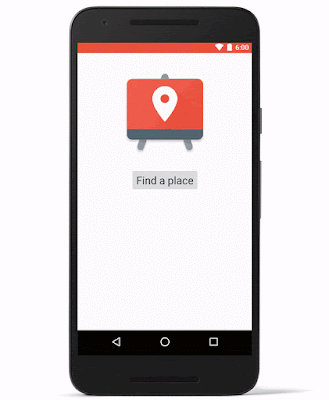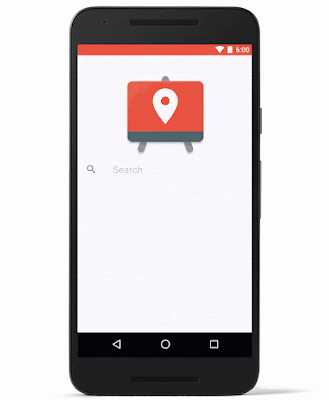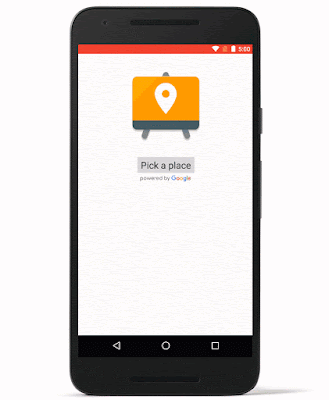Google I/O starts in just 24 hours! We’re looking forward to three days of insightful developer conversations, amazing technology and great weather. This year, Google Maps APIs engineers, technical support engineers, product managers, ux-ers, technical writers and developer advocates are traveling from Sydney, New York and Seattle to spend time in the Geo sandbox and demonstrate the power of our APIs. We'll also hold Office Hours to answer your implementation questions.
Here are three of our featured sessions for this year’s event:
Understand your place in this world
May 18, 3:00 PM
Humans navigate a world made up of places with names, addresses and phone numbers—not lat/long coordinates. The Google Places API enables an app or website to present location data to users in a human-friendly fashion. In this session we’ll do a deep dive into how you can use the Places API to discover your environment. We’ll give detailed insights into how to use the APIs on web and mobile, show off some newly-released widgets, and take a look at how you can optimize for mobile device battery life. You’ll learn how the Places API can make all your apps— not just map-centric ones—smarter.
Building geo services that scale
May 19, 3:00 PM
Not all map and geo applications run entirely on your mobile device. Perhaps you want to protect your keys or other API access data from reverse engineering by putting them in the cloud, or you have custom business logic that you run on your server that you don't want to distribute via mobile. To protect your keys and API access data you'll need to operate some kind of service. In this session you'll learn how to build that service on the Google Cloud Platform and consume it in a mobile application that uses the Google Maps APIs.
Streamlining developer experiences with the Google Maps APIs
May 20, 9:00 AM
The Google Maps APIs provide a seamless experience for developers of all levels. Some want to offer a map or navigation but don't want to build these things themselves; this can be achieved with just a few lines of code. Other developers prefer to integrate natively with off-the-shelf widgets. Finally, some developers want complete control over every aspect of the presentation. This session will highlight the Maps APIs representing the full gamut of the developer experiences, enabling you to get going immediately and scale as necessary. You'll see how widgets and services can be added over time with a suite of Maps APIs, services and libraries.
We hope you’re able to attend at least one of these sessions to learn directly from Google Maps APIs experts. And, don’t forget to stop by the Geo sandbox to chat—just look for the big bus! If you’re not able to join us in person this year, you can always keep up with our activities via Twitter or G+.


